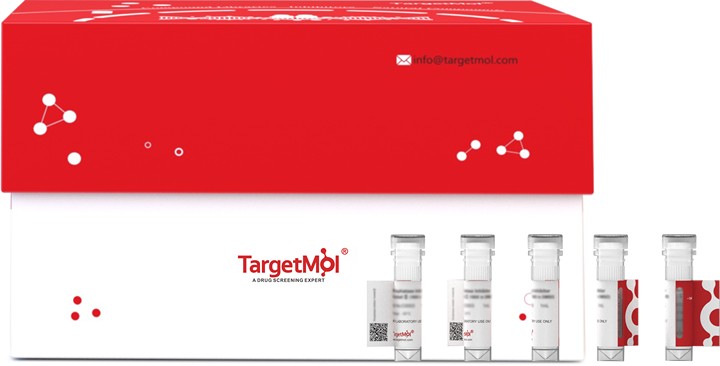购物车
- 全部删除
 您的购物车当前为空
您的购物车当前为空


Human Papilloma Virus type 16 (HPV 16) L1 Protein-VLP is expressed in Baculovirus insect cells. The predicted molecular weight is 56 kDa.


| 规格 | 价格 | 库存 | 数量 |
|---|---|---|---|
| 100 μg | ¥ 4,440 | 5日内发货 |
| 生物活性 | Activity testing is in progress. It is theoretically active, but we cannot guarantee it. If you require protein activity, we recommend choosing the eukaryotic expression version first. |
| 产品描述 | Human Papilloma Virus type 16 (HPV 16) L1 Protein-VLP is expressed in Baculovirus insect cells. The predicted molecular weight is 56 kDa. |
| 种属 | HPV |
| 表达系统 | Baculovirus Insect Cells |
| 标签 | Tag Free |
| 蛋白纯度 | ≥ 90 % as determined by SDS-PAGE. |
| 分子量 | 56 kDa (predicted) |
| 内毒素 | < 0.01 EU/μg of the protein as determined by the LAL method. |
| 缓冲液 | Supplied as sterile 50 mM His, 0.5M NaCl, pH 6. 2. |
| 复溶方法 | A Certificate of Analysis (CoA) containing reconstitution instructions is included with the products. Please refer to the CoA for detailed information. |
| 存储 | It is recommended to store the product under sterile conditions at -70°C or lower. Samples are stable for up to 12 months at -80°C. Please avoid multiple freeze-thaw cycles and store products in aliquots. |
| 运输方式 | In general, Lyophilized powders are shipping with blue ice. Solutions are shipping with dry ice. |
| 研究背景 | Papillomaviruses are highly species-specific and can cause squamous epithelial and fibroepithelial tumors in their hosts. Human papillomaviruses (HPVs) are associated with benign and malignant hyperproliferation of cells, with a wide variety of clinical manifestations ranging from condyloma acuminatum to cervical carcinoma. HPV infection is the most common sexually transmitted disease. More than 4 HPV types so far identified are known to infect the genital tract. Genital HPVs are divided into `low risk' HPVs such as HPV 6 and 11 and ‘high risk’ HPV types such as 16, 18, 31, 33, 35, 39, 45 and 52, 58 which are responsible for more than 95% of HPV-induced cervical cancer. Vaccination against these high-risk types seems to be the most feasible prevention for cervical cancer. Indeed, clinical trials have shown prophylactic HPV vaccines to be effective against HPV infection, cervical intraepithelial neoplasia (CIN), and genital warts, but protection is type-specific and the currently developed vaccines target only a few types. These vaccines are based on papillomavirus-like particles (VLPs) composed of the major capsid protein, L1. The L1 protein self assembles into VLPs when expressed at high levels in eukaryotic or insect cells. VLPs are composed of 36 copies of L1 protein organized into 72 pentamers, so-called capsomeres, to form particles that are immunologically indistinguishable from native virions. Experimentally induced VLP antisera are mostly type-specific for neutralization. Minor cross-neutralization has been observed only between closely related HPV types, e.g. HPV6 and 11, HPV18 and 45, or HPV16 and 31. Structure analysis has revealed the presence of several hypervariable loops on the outer surface of the capsid. With a few exceptions, all HPV-neutralizing monoclonal antibodies analyzed so far are type-specific and recognize conformational epitopes within surface-exposed hypervariable loops of the major capsid protein L1. |